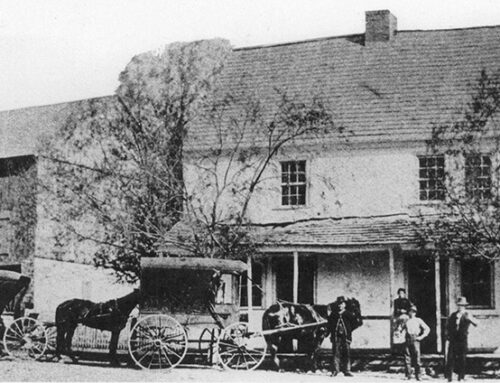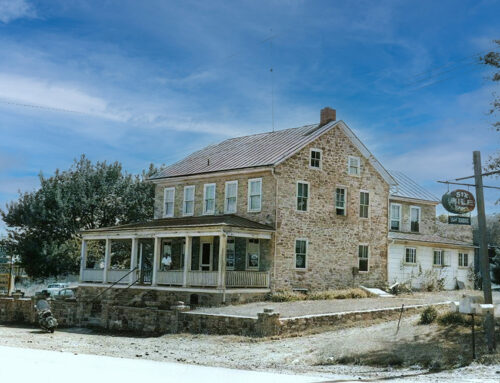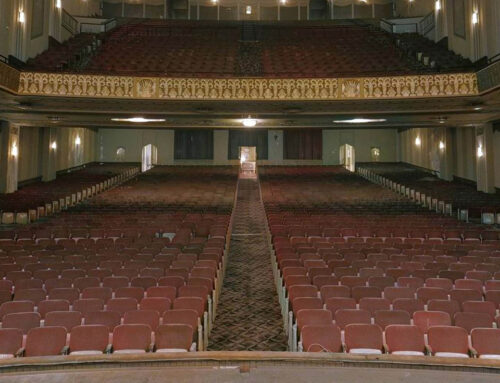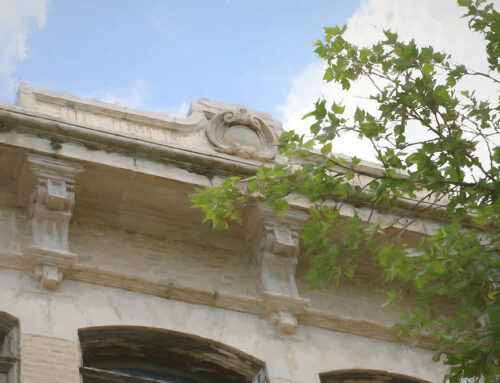During the Civil War, Scott Foundry, Reading, PA, tested army and navy cannons on the slope of Neversink Mountain.
Near the proving grounds was a strong run of water that originated as a spring. Miniature water wheels were constructed and placed along the flow. Sometimes little hammers were attached to the wheels to imitate a forge. Even rude grist mills were erected on this stream.
Below: This rare view, taken by Fred Yeager around 1888, shows some of the “water works” situated on the stream just above the proving grounds used during the Civil War by the Scott Foundry, based in Reading at Eighth and Buttonwood.

During the trial of guns, several shot – 15 inches in diameter – glanced all the way up and over the mountain and fell down near the house and bam of Michael Haak’s farm (near the northwest comer of Sixteenth and Perkiomen).
According to the recollections of the late Earl Lincoln Ruppert, whose grandfather – Alfred G. Lincoln – lived near the Scott Foundry proving grounds, the site was along the main line of the P&R, about 100 yards northwest of present-day Klapperthal Junction.
Below: Approximate location of the Scott Foundry proving grounds.

The plot, itself, was a level area, banked on the northeast with an earthen elevation 20 to 30 feet high. Beyond this bank is the southwest slope of the mountain. In between, a trench was dug and filled with heavy logs, which was the target point. Alfred Lincoln was on hand when a certain cannon being tested split into two on its 1,000th trial. Fortunately, the provers were protected by a type of log shield.






Leave A Comment